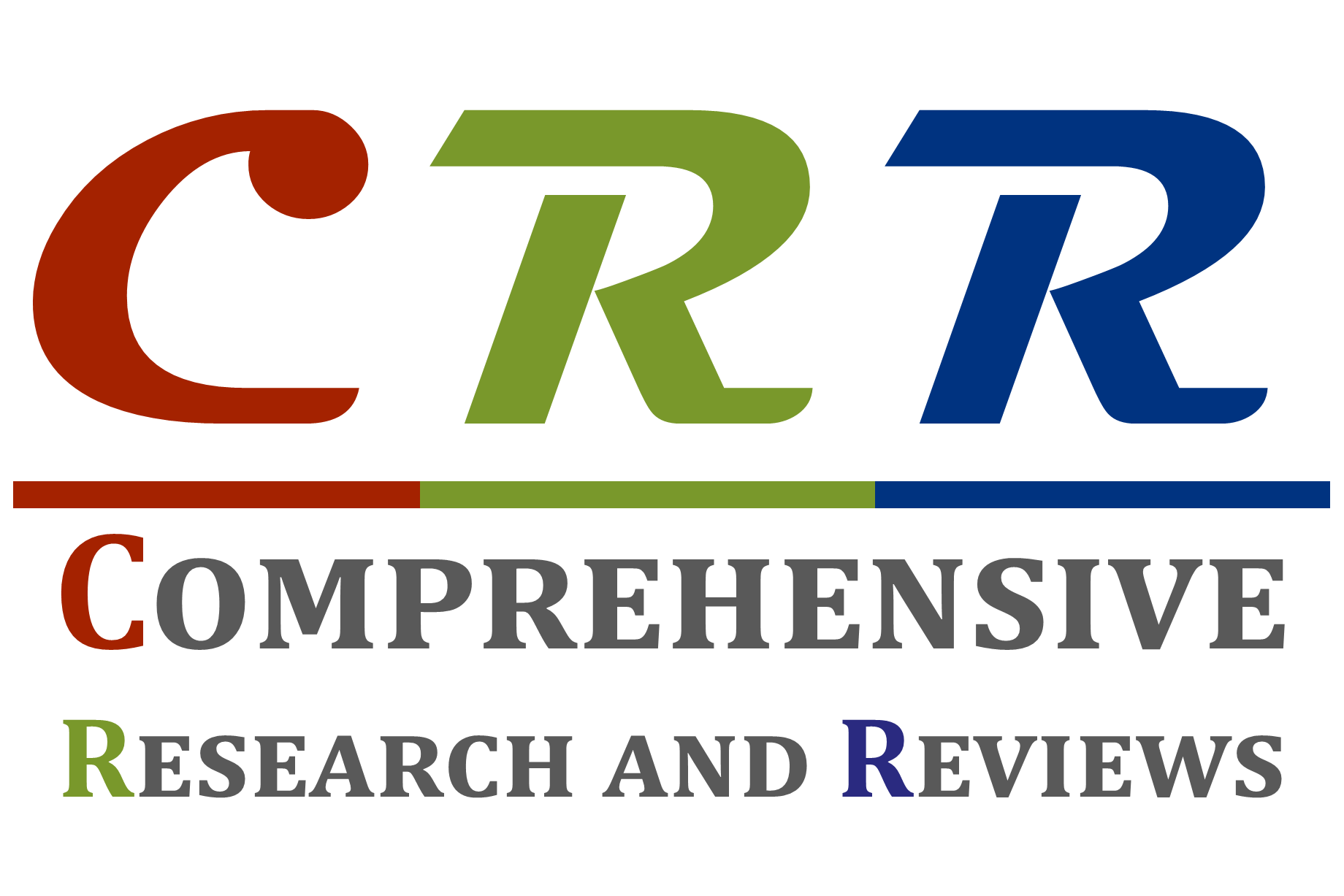Sociological barriers to equitable digital learning: A data-driven approach
1 Whitman School of Management, Syracuse University, Syracuse, New York.
2 Department of Industrial Relations and Personnel Management, Olabisi Onabanjo University, Ago Iwoye, Ogun State, Nigeria.
3 Woodland High School, UK.
4 International Organization for Migration, Edo State, Nigeria.
Review
Comprehensive Research and Reviews in Multidisciplinary Studies, 2024, 02(01), 027–034.
Article DOI: 10.57219/crrms.2024.2.1.0038
Publication history:
Received on 04 August 2024; revised on 13 September 2024; accepted on 16 September 2024
Abstract:
This review paper examines the sociological barriers to equitable digital learning through a data-driven approach. By analyzing key sociological factors such as socioeconomic status, race, gender, and geographic location, the study identifies significant disparities in access to and outcomes of digital learning. Theoretical frameworks, including social and cultural capital and the digital divide, are used to contextualize these barriers. The paper synthesizes existing research, revealing how low-income, minority, and rural students face compounded challenges that hinder their educational progress in digital environments. Key findings highlight the urgent need for targeted policy interventions to bridge these gaps. Recommendations include increased funding for under-resourced schools, subsidized internet access, digital literacy training, and improved rural broadband infrastructure. Future research should focus on the intersectionality of these barriers and the long-term impact of digital learning disparities. The study underscores the importance of equitable digital learning in fostering an inclusive educational environment that prepares all students for the digital age.
Keywords:
Digital learning; Sociological barriers; Digital divide; Socioeconomic status; Educational equity
Full text article in PDF:
Copyright information:
Copyright © 2024 Author(s) retain the copyright of this article. This article is published under the terms of the Creative Commons Attribution Liscense 4.0
